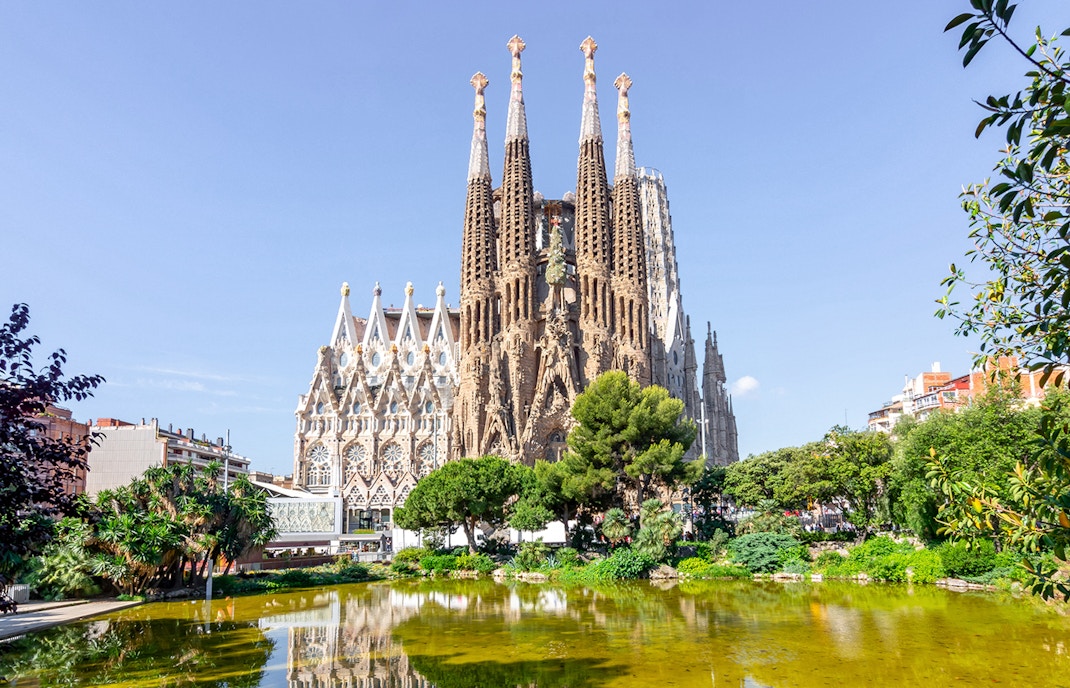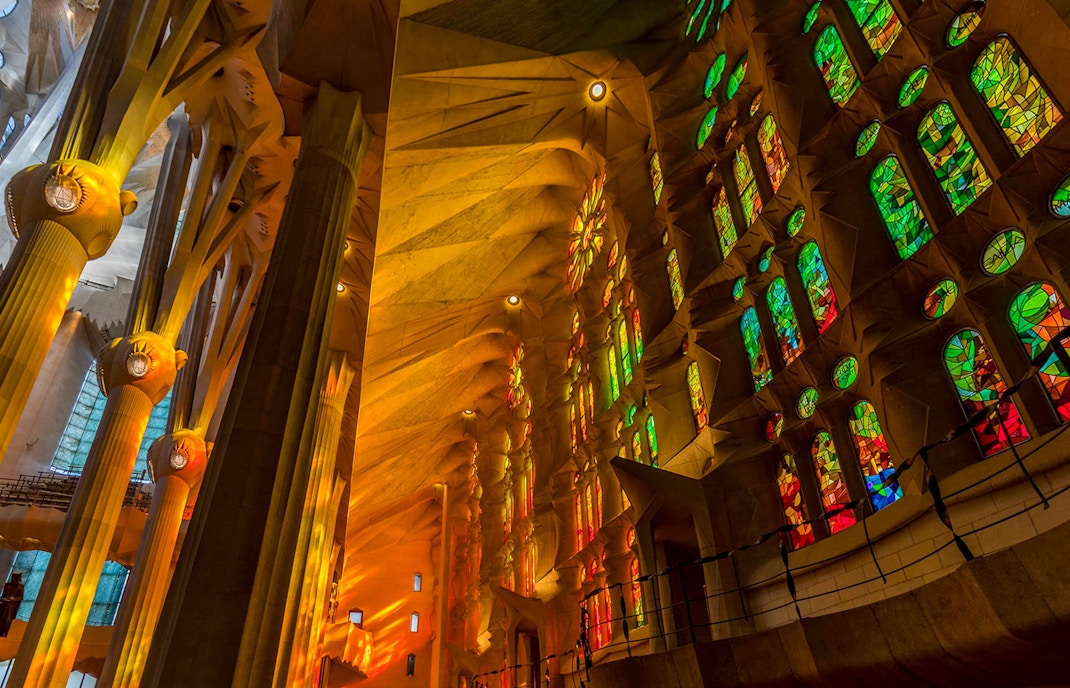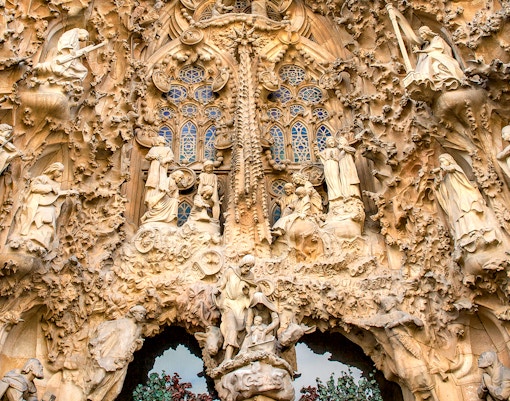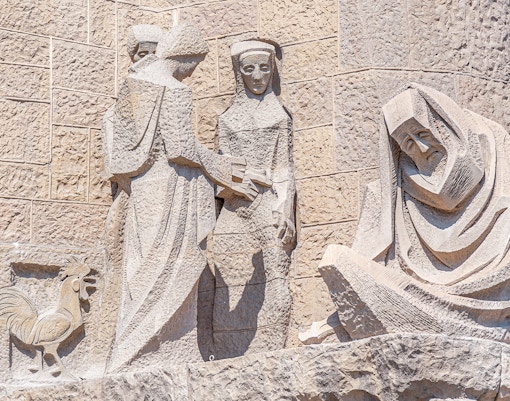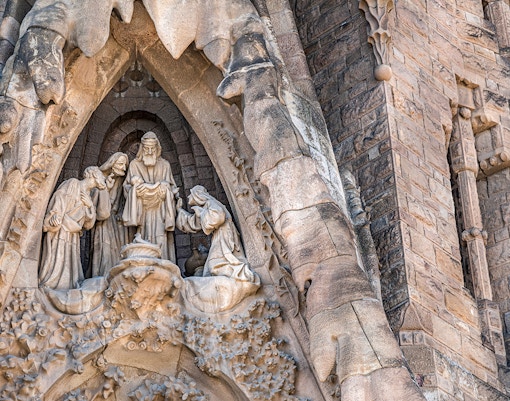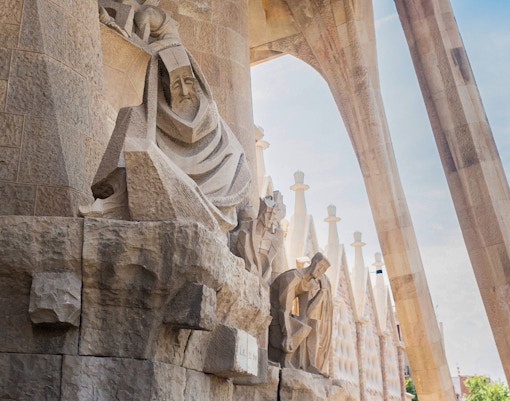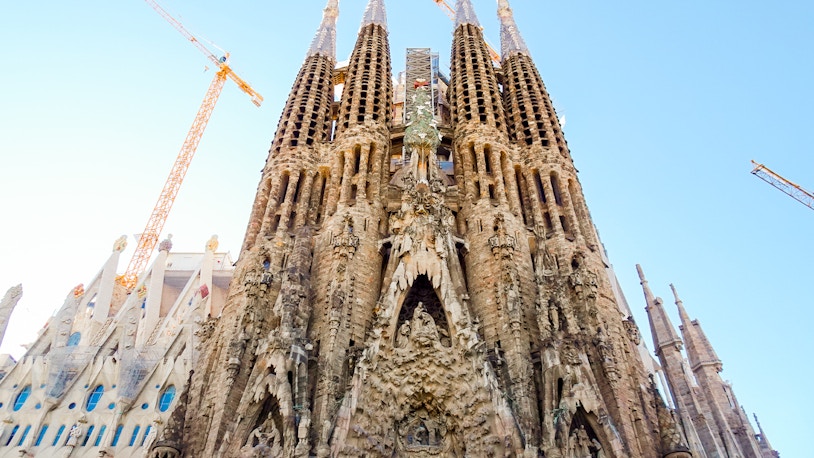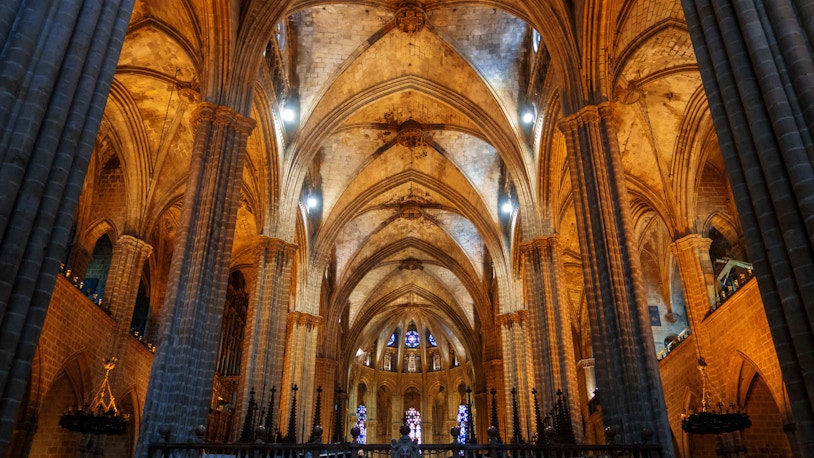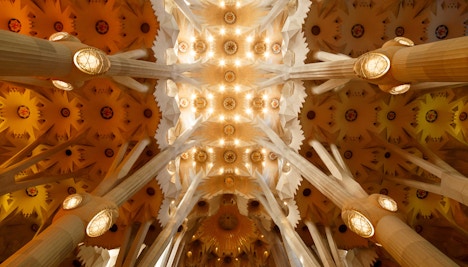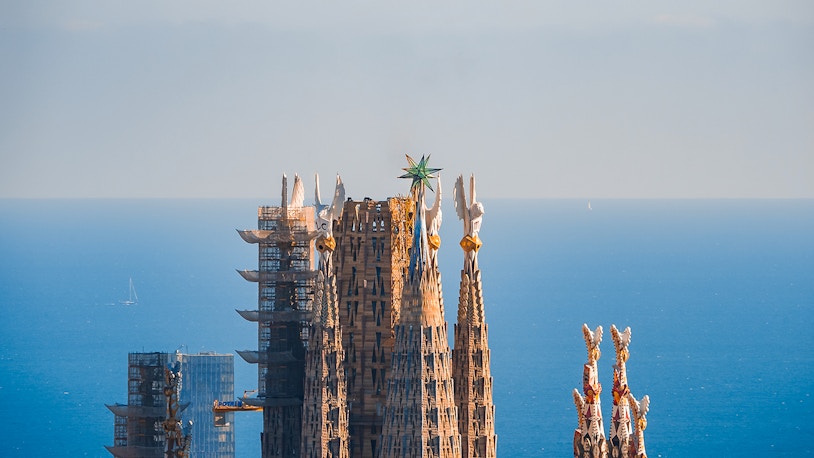- Architectural Contributions: Initial Design and Crypt
- Timeline: 1882-1883
Francisco de Paula del Villar was the original architect commissioned to design the Sagrada Familia. Born in Murcia and later establishing his career in Barcelona, Villar was an experienced architect known for his work on religious buildings. He was appointed by the Catholic Association of Devotees of Saint Joseph to design a church dedicated to the Holy Family. Villar's vision was rooted in the Gothic Revival style, and he began the construction with the design of the crypt. However, due to disagreements with the project's patrons, he resigned in 1883, just a year after construction began.

